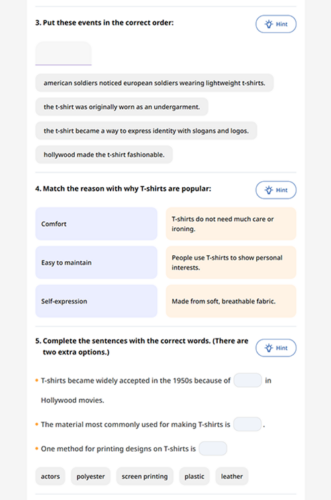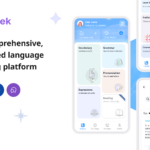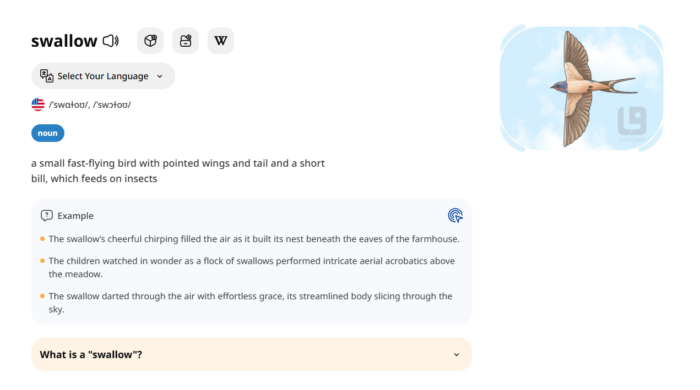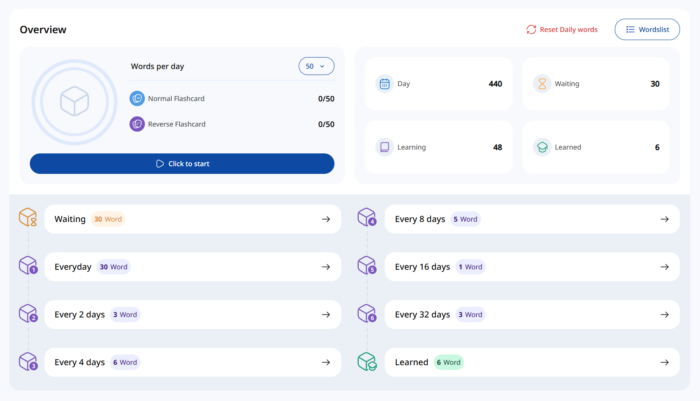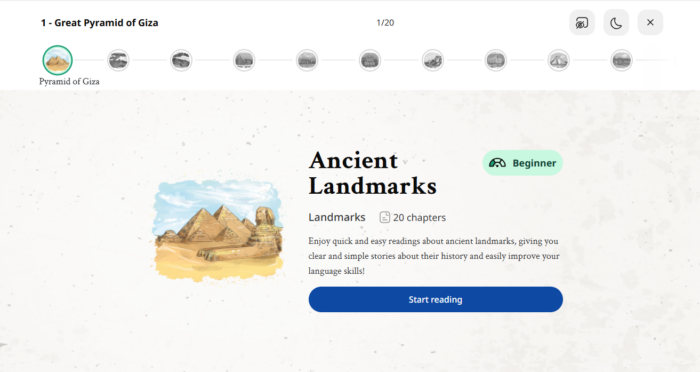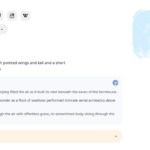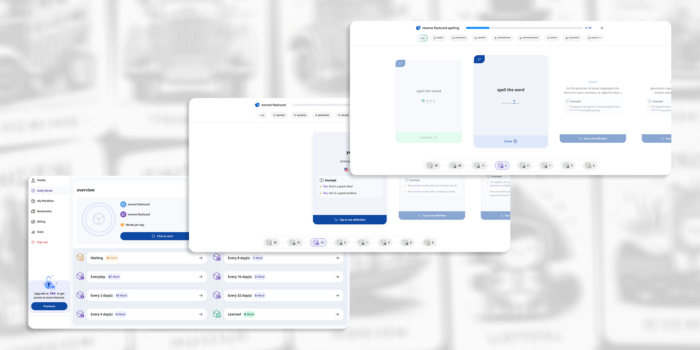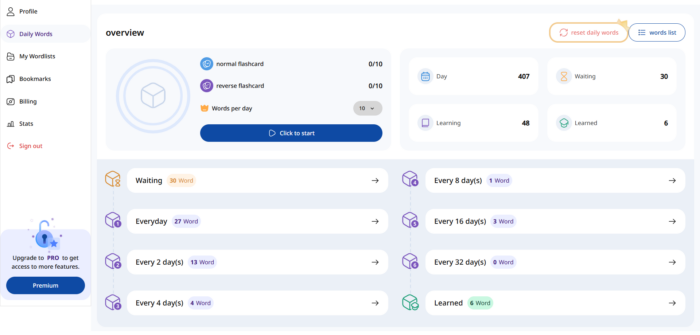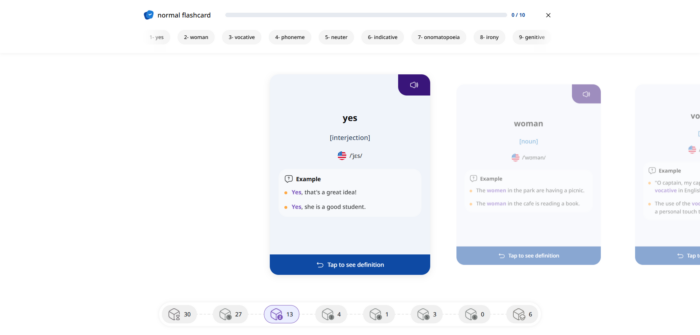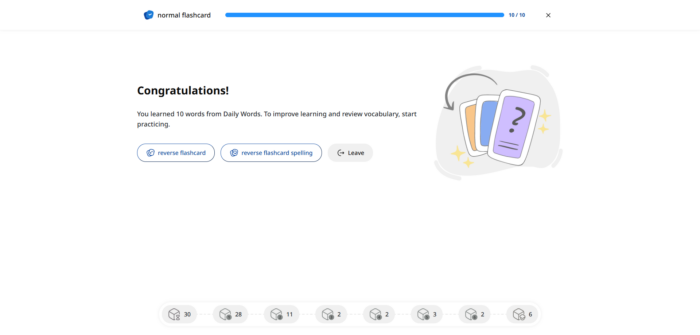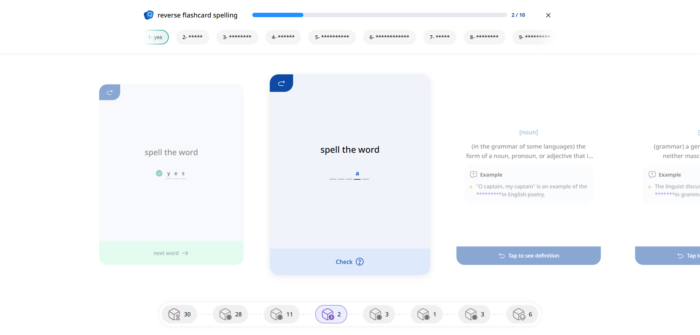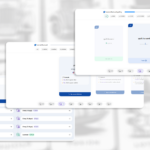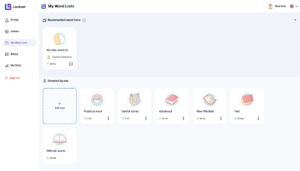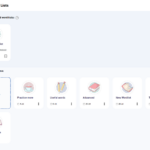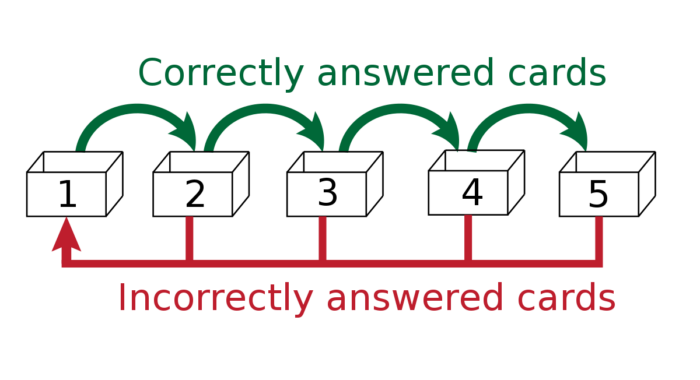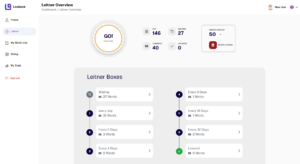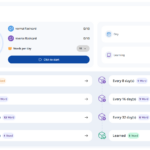LanGeek is a comprehensive, AI-powered language learning platform offering a vast environment for learners. Designed to provide everything necessary for effective language acquisition, LanGeek integrates content, features, and real-world applications to create an immersive learning experience. Whether it’s foundational vocabulary or advanced grammar structures, the platform caters to learners at every stage of their journey.
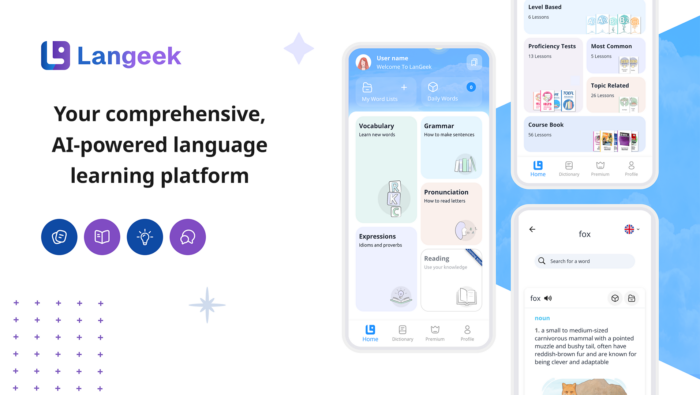
History and Background
LanGeek emerged from the vision of creating an all-in-one solution for language learning. Founded in 2020 by Ali Shahdoost, Hossein Shahdoost, Nima Shahdoost, and Yasaman Sifarian, LanGeek aimed to offer an effective method of language learning, avoiding overgamification and unnecessary complications. The platform first launched in January 2021. Recognizing the fragmented nature of existing platforms, its founders sought to build a cohesive system combining cutting-edge technology with proven educational methodologies.
The same team is behind B-amooz, one of the biggest language learning platforms in Iran, boasting over 1 million users. From its initial launch, LanGeek has achieved significant milestones, including reaching a global audience and continually expanding its feature set to meet diverse learner needs. LanGeek’s commitment to providing high-quality educational tools has positioned it as a trusted resource for language learners worldwide.
The Theory Behind LanGeek
LanGeek’s approach is based on well-established theories of language acquisition and cognitive psychology, ensuring its methods are both effective and research-based. Paul Nation’s Vocabulary Learning Theories emphasize the importance of vocabulary in language proficiency. LanGeek addresses this by providing comprehensive word explanations, real-world usage examples, and detailed translations, giving learners the tools to build a solid linguistic foundation. Additionally, Stephen Krashen’s Input Hypothesis highlights the importance of comprehensible input—language material slightly above the learner’s current level. LanGeek implements this by offering reading passages and listening exercises tailored to the user’s proficiency, ensuring a gradual yet effective language acquisition process by immersing learners in challenging and engaging material.
Complementing these principles, LanGeek incorporates the Spaced Repetition Theory through its Leitner system, which enhances long-term memory retention by systematically revisiting content. The platform also integrates Multisensory Learning, a theory that supports the idea that engaging multiple senses (visual, auditory, kinesthetic) can enhance learning. LanGeek uses pictures and audio for words, catering to different learning styles and preferences. This blend of theories ensures that learners not only acquire new words but also remember and use them effectively, making LanGeek a comprehensive and effective tool for language learners.
Content and Features
LanGeek’s content is meticulously crafted to address all critical aspects of language learning:
- Vocabulary Categories: Organized into thematic clusters, such as “Common words,” “Travel,” and “IELTS preparation,” aiding retention and real-life application.
- Idiom and Expression Categories: Curated lists of idioms and expressions essential for native-level conversations, including contextual examples and cultural notes.
- Multi-level Grammar Lessons: Covering beginner to advanced levels with clear examples and practice exercises.
- Pronunciation Lessons: Detailed phonetics lessons with audio examples and exercises.
- Reading Passages: Selected to provide exposure to new vocabulary and grammatical structures.
The foundational content is enriched with definitions, real-world examples, high-quality images, and thorough descriptions, ensuring a comprehensive understanding.
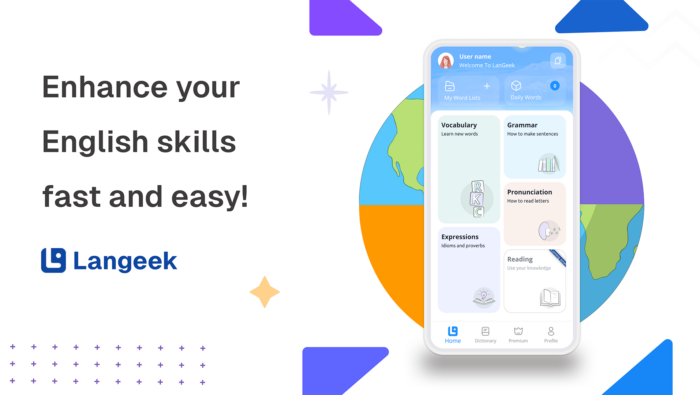
Learning Tools
LanGeek offers a range of tools to make learning interactive and effective:
- Flashcards: Customizable and dynamic, including definitions, examples, and images.
- Leitner System: Employs spaced repetition for long-term retention.
- Spelling Exercises: Reinforce orthographic skills.
- Quizzes: Engaging formats to test knowledge on vocabulary, grammar, and pronunciation.
AI-Powered Features
LanGeek’s AI capabilities enhance the learning experience:
- SyntaxSense: Analyzes texts for idioms, collocations, and grammatical structures.
- Smart Lookup: Provides context-specific meanings.
- Word Family Tree: Visual representation of word relationships.
- Pronunciation Guide: Analyzes phonological aspects for mastering pronunciation.
Gamification Features
To keep learners motivated, LanGeek incorporates game-like elements:
- User Stats: Tracks progress, goals, and time spent.
- Achievement Badges: Rewards for learning milestones.
Digital Presence
LanGeek is available on:
LanGeek Picture Dictionary: The largest online resource for English vocabulary with thousands of images paired with definitions and examples, available for free on web and mobile platforms.
The Team Behind LanGeek
Content Team
- Linguists and Language Experts: Our team consists of highly skilled linguists and language experts who are responsible for lexicography, syntax analysis, and vocabulary categorization. They ensure that the content is accurate, comprehensive, and up-to-date, providing learners with high-quality educational materials.
- Writers and Editors: Dedicated writers and editors craft engaging and informative content, including example sentences, explanations, and reading passages. They ensure the content is clear and accessible to learners at all levels.
Web Development Team
- Front-End Developers: This team is responsible for the user interface and experience of the website, ensuring that it is intuitive, responsive, and visually appealing. They work on designing interactive elements and optimizing the website for different devices.
- Back-End Developers: Focused on building and maintaining the server, application, and database that make up the back end of the website. They ensure seamless integration of features and reliable performance.
Mobile App Development Team
- Mobile Developers: This unified team specializes in developing and updating the LanGeek app for both Android and iOS devices. They ensure that the app runs smoothly, includes the latest features, and provides an excellent user experience across different platforms.
AI Engine Team
- Data Scientists, AI Specialists, and Machine Learning Engineers: This integrated team drives innovation by developing and refining AI-related features such as SyntaxSense and Smart Lookup. They process anonymous user data to enhance the platform’s functionality, ensuring that AI tools are effective and accurate. They focus on creating and optimizing machine learning models that power various features of LanGeek, working on algorithms that improve content recommendations and user engagement.
Illustration Team
- Graphic Designers and Illustrators: Our talented designers and illustrators create visually appealing and educational images that complement the learning content. They work on illustrations for the Picture Dictionary, vocabulary cards, and other visual aids.
Support and Public Relations Team
- Customer Support Representatives and Public Relations Specialists: This combined team handles user inquiries, providing assistance and resolving issues to ensure a smooth learning experience. They manage LanGeek’s presence in the media and maintain effective communication with the LanGeek community through social media, newsletters, and other channels.

